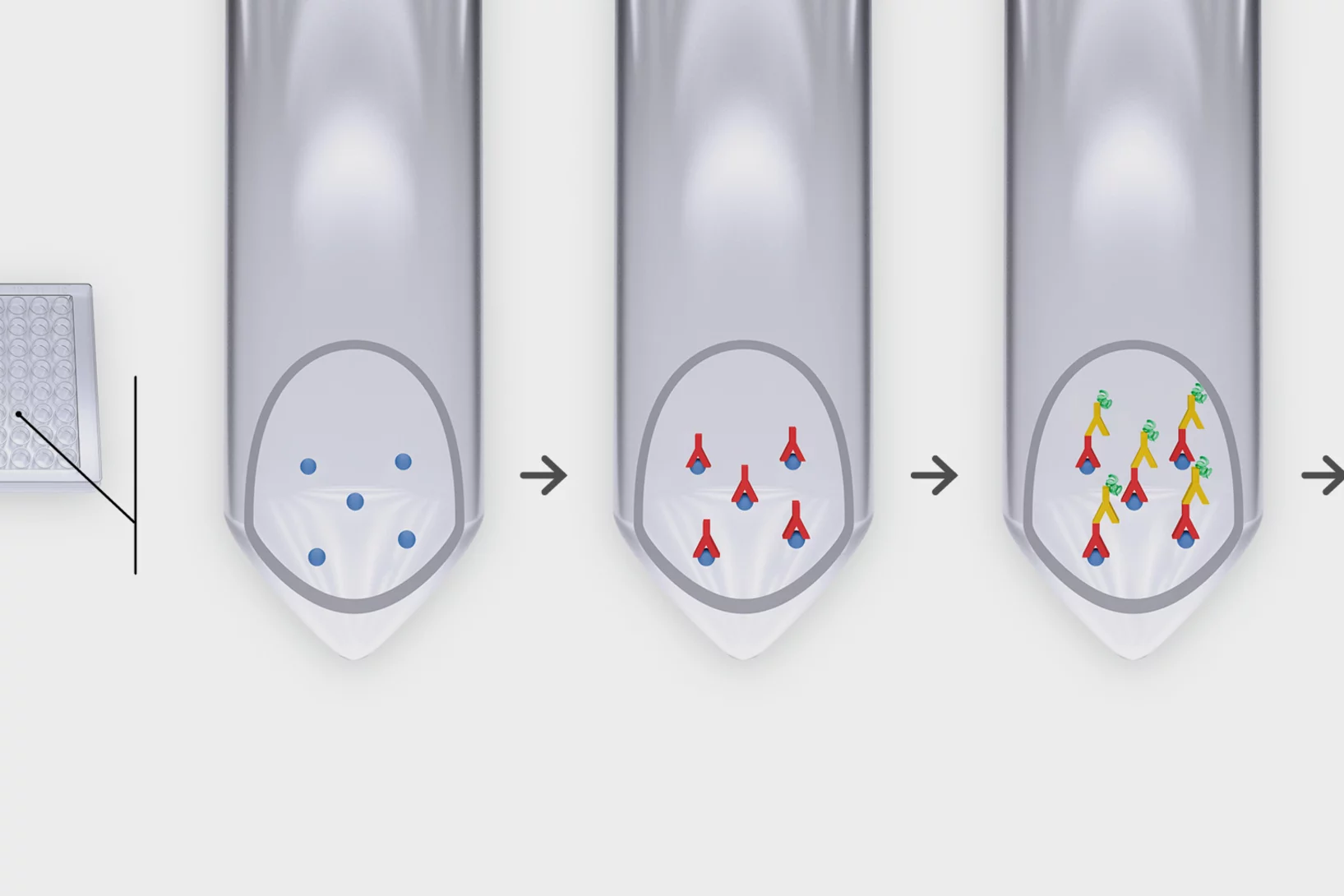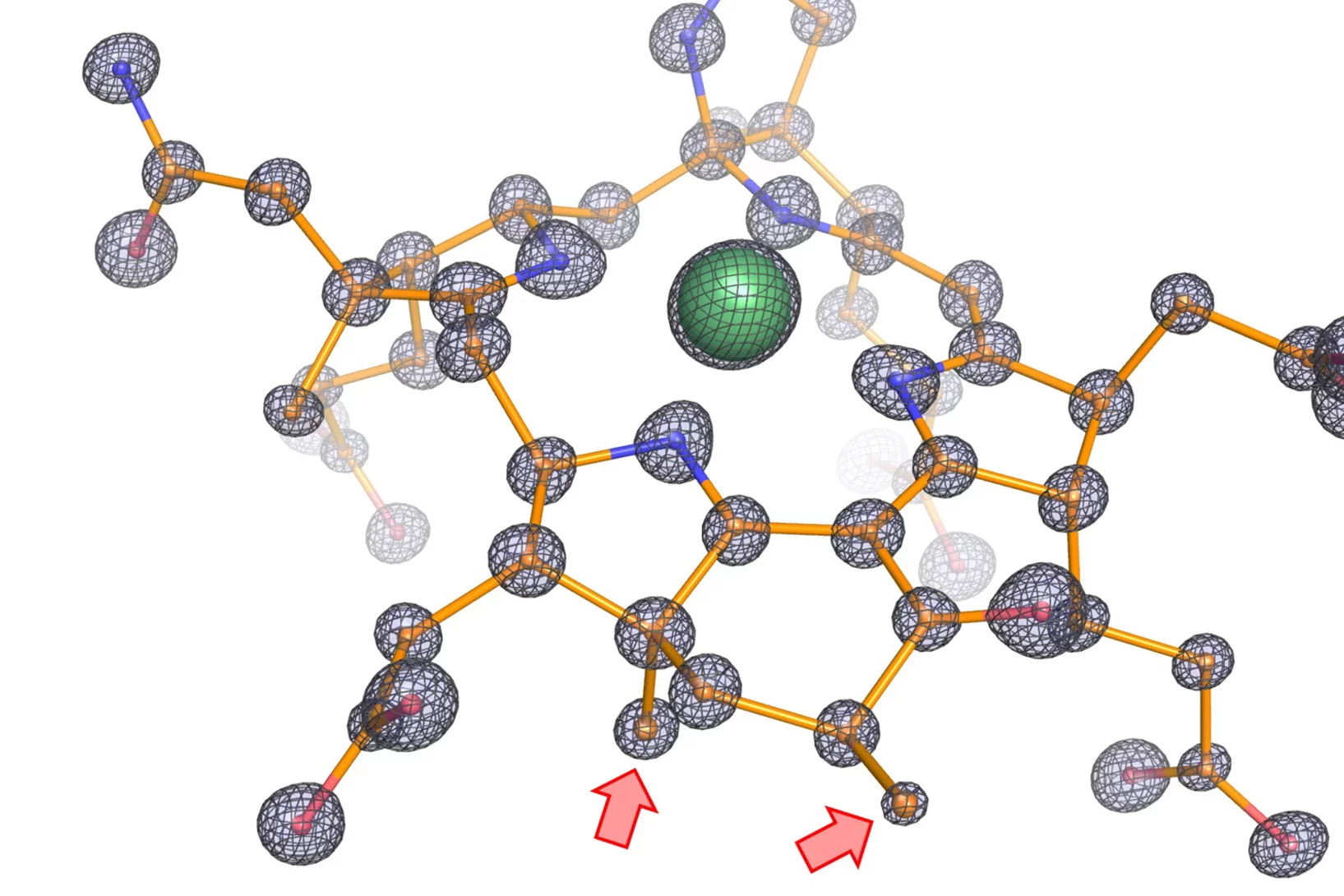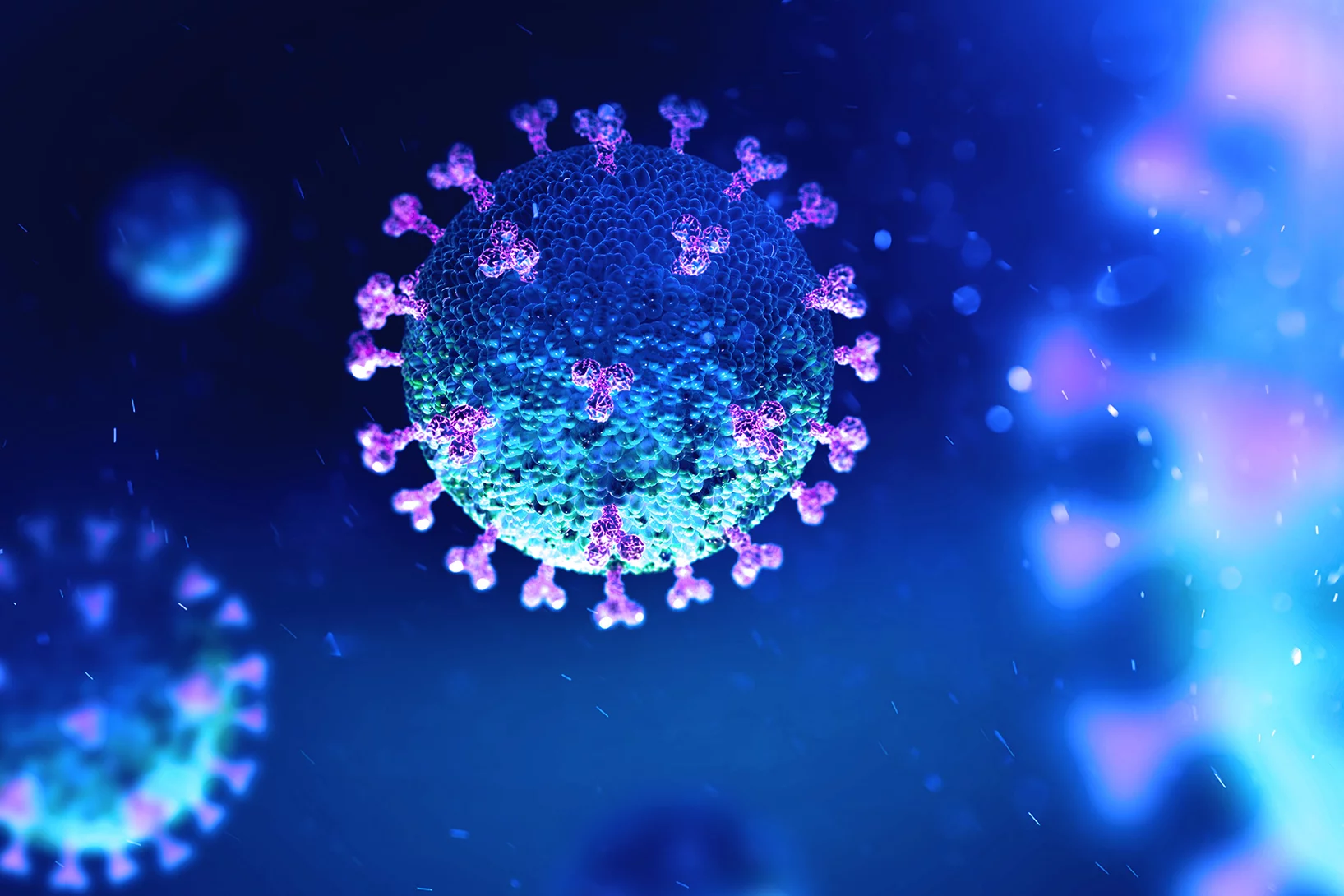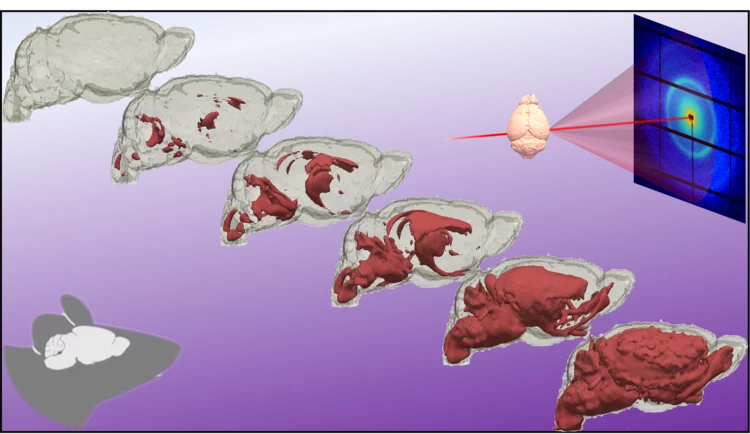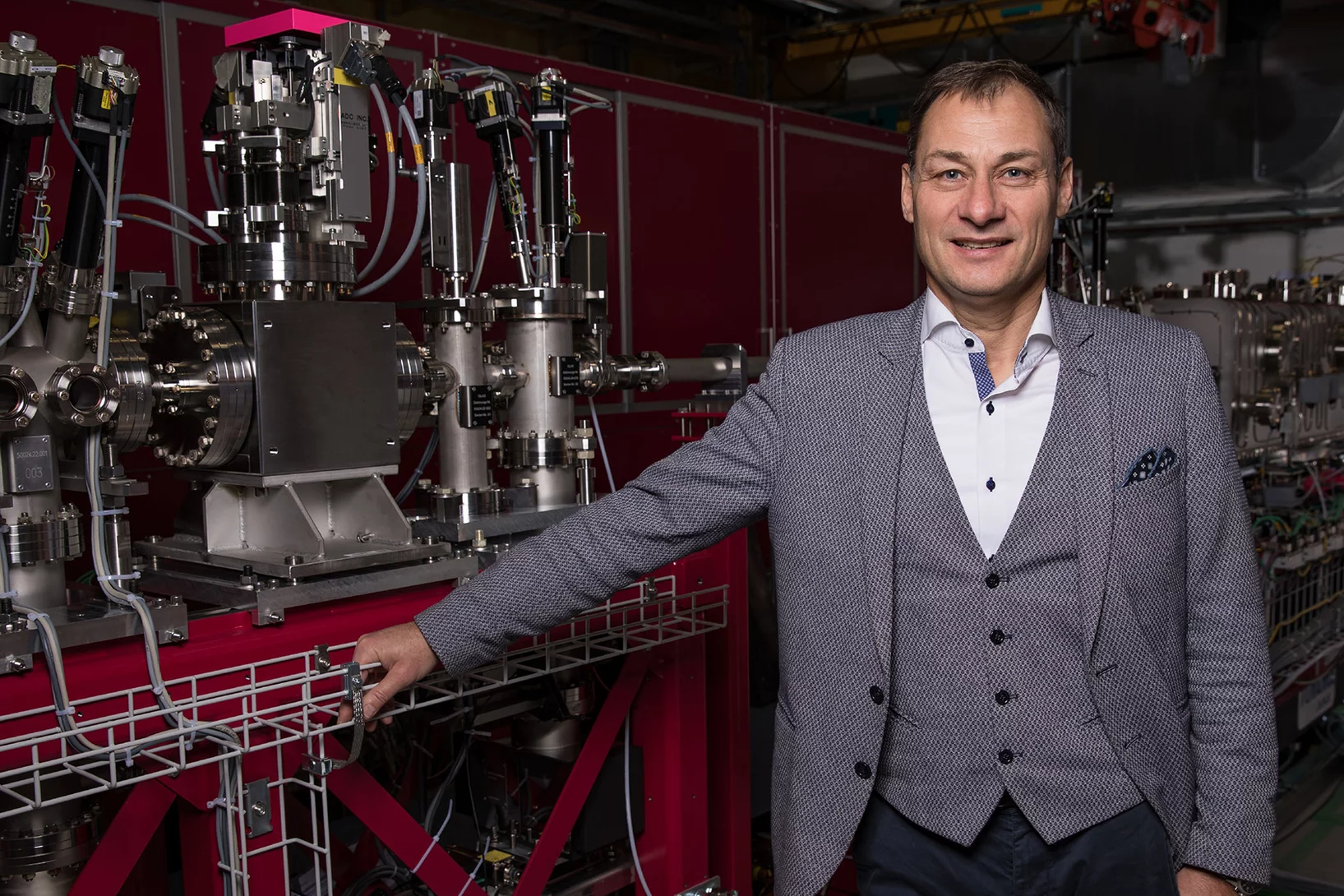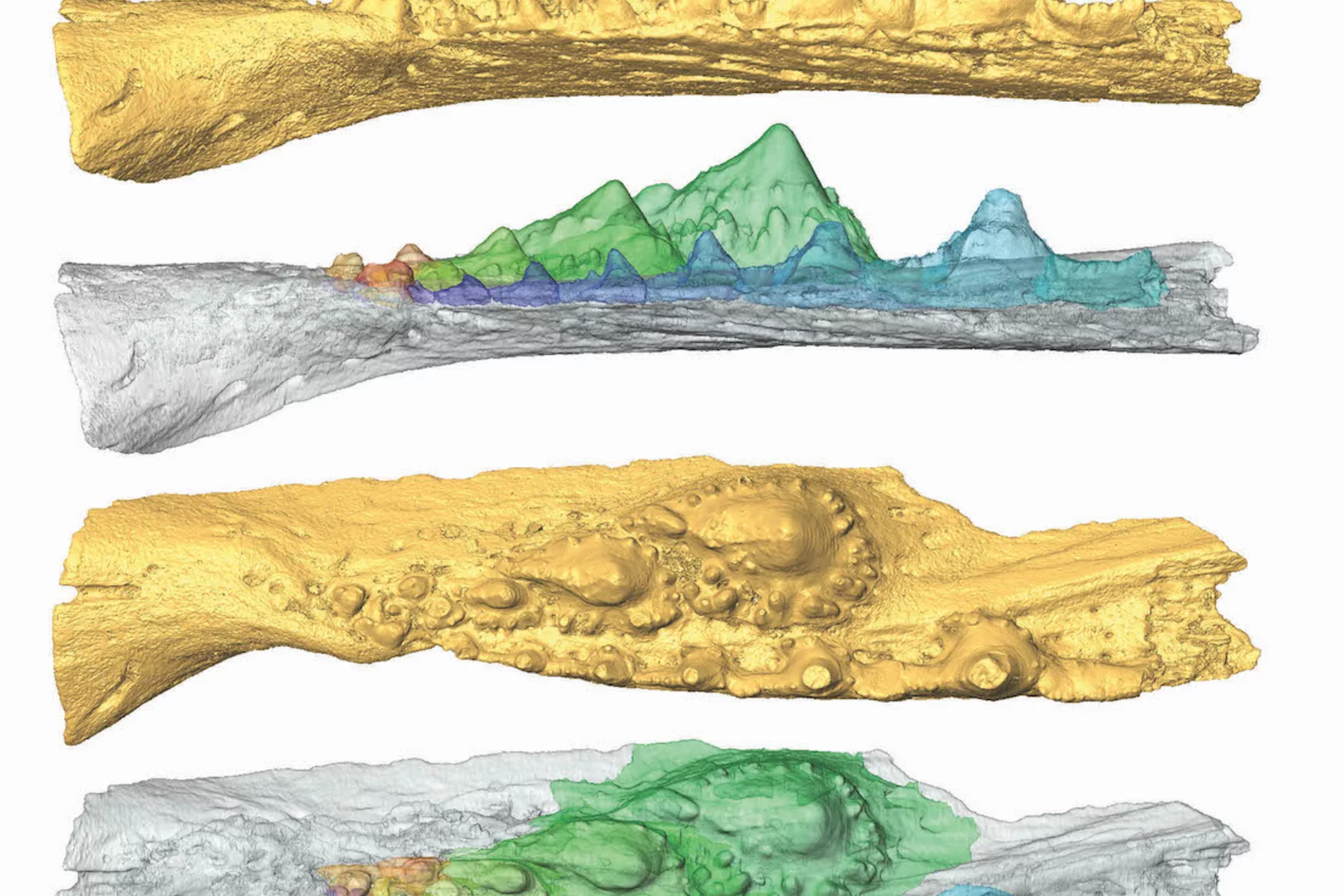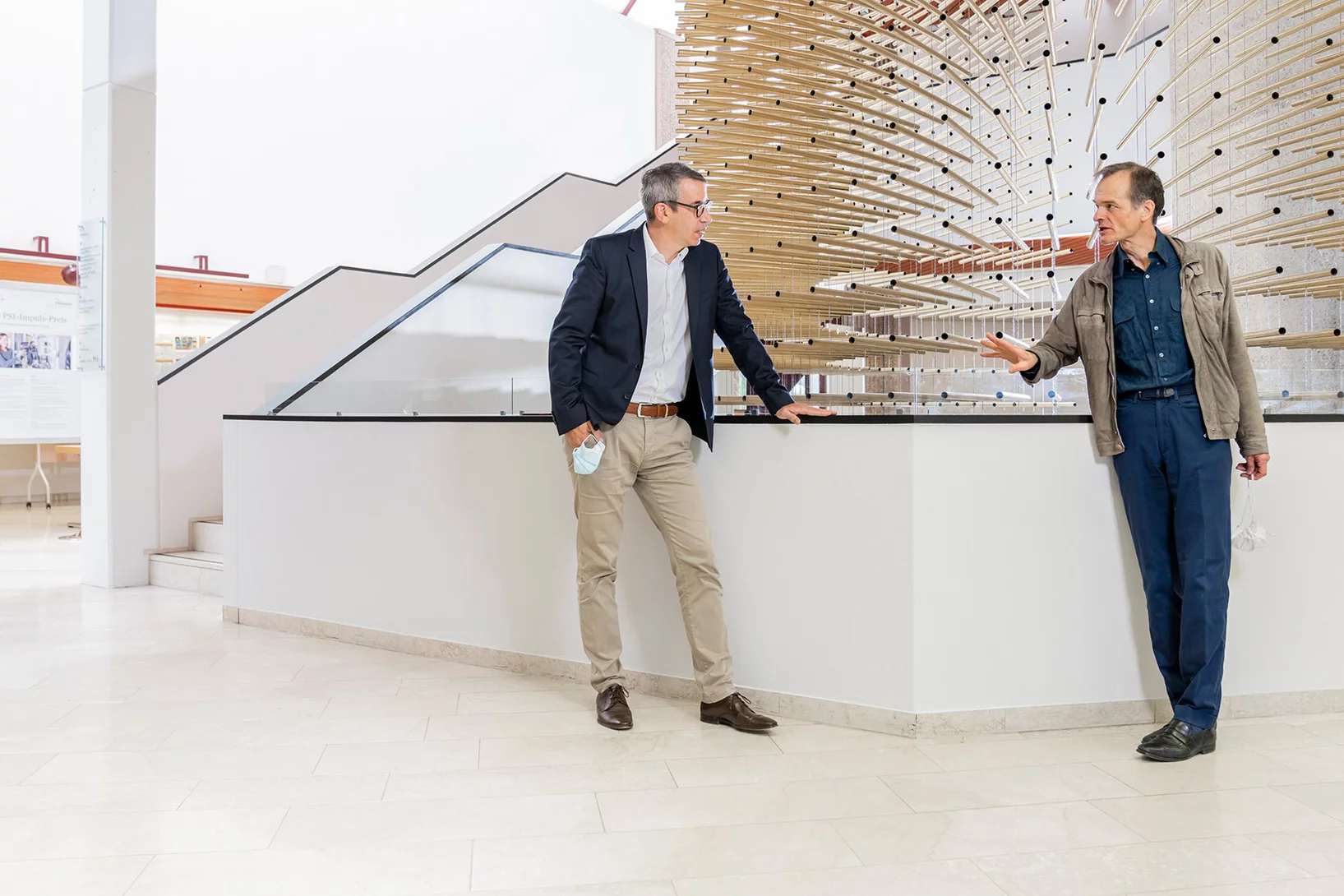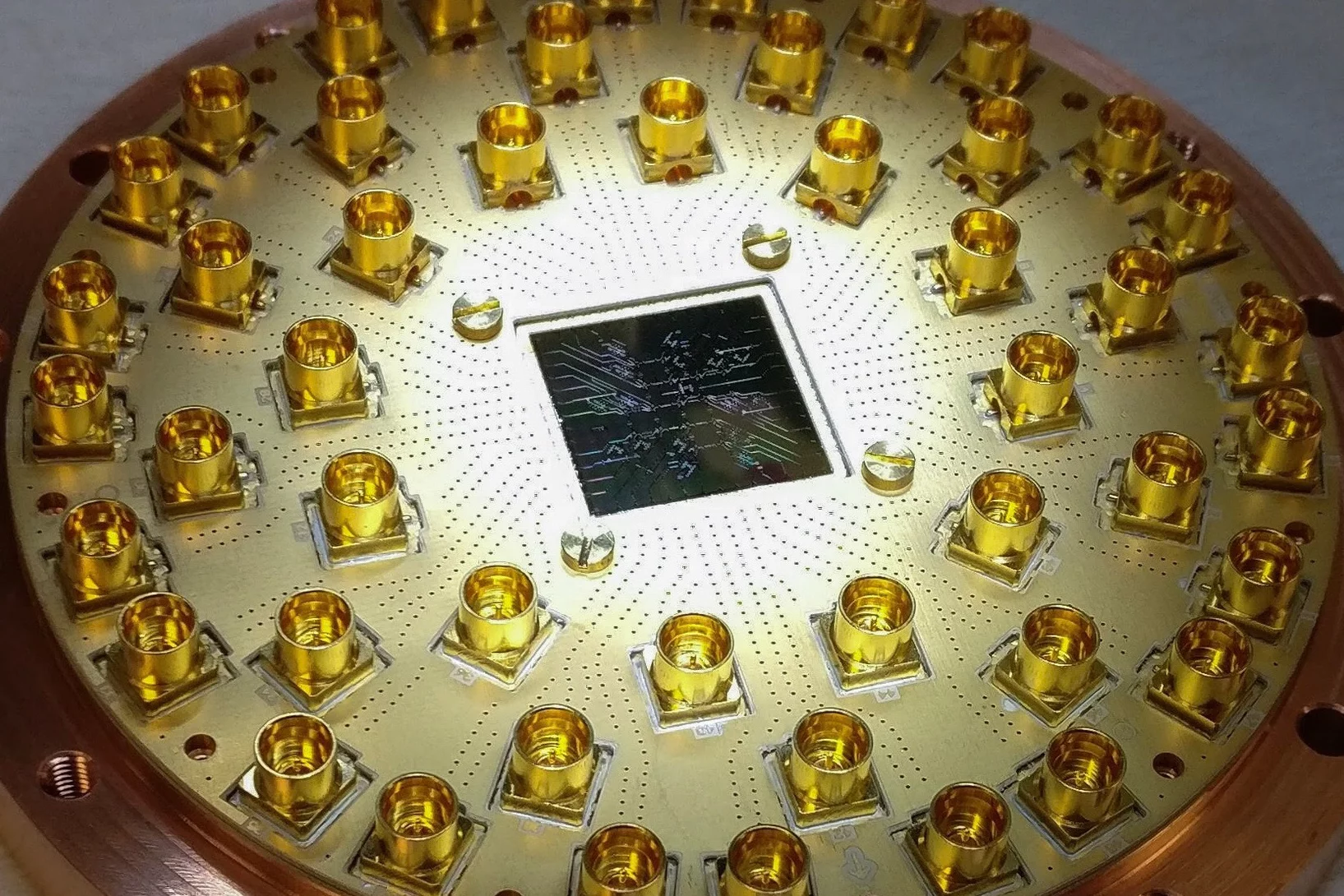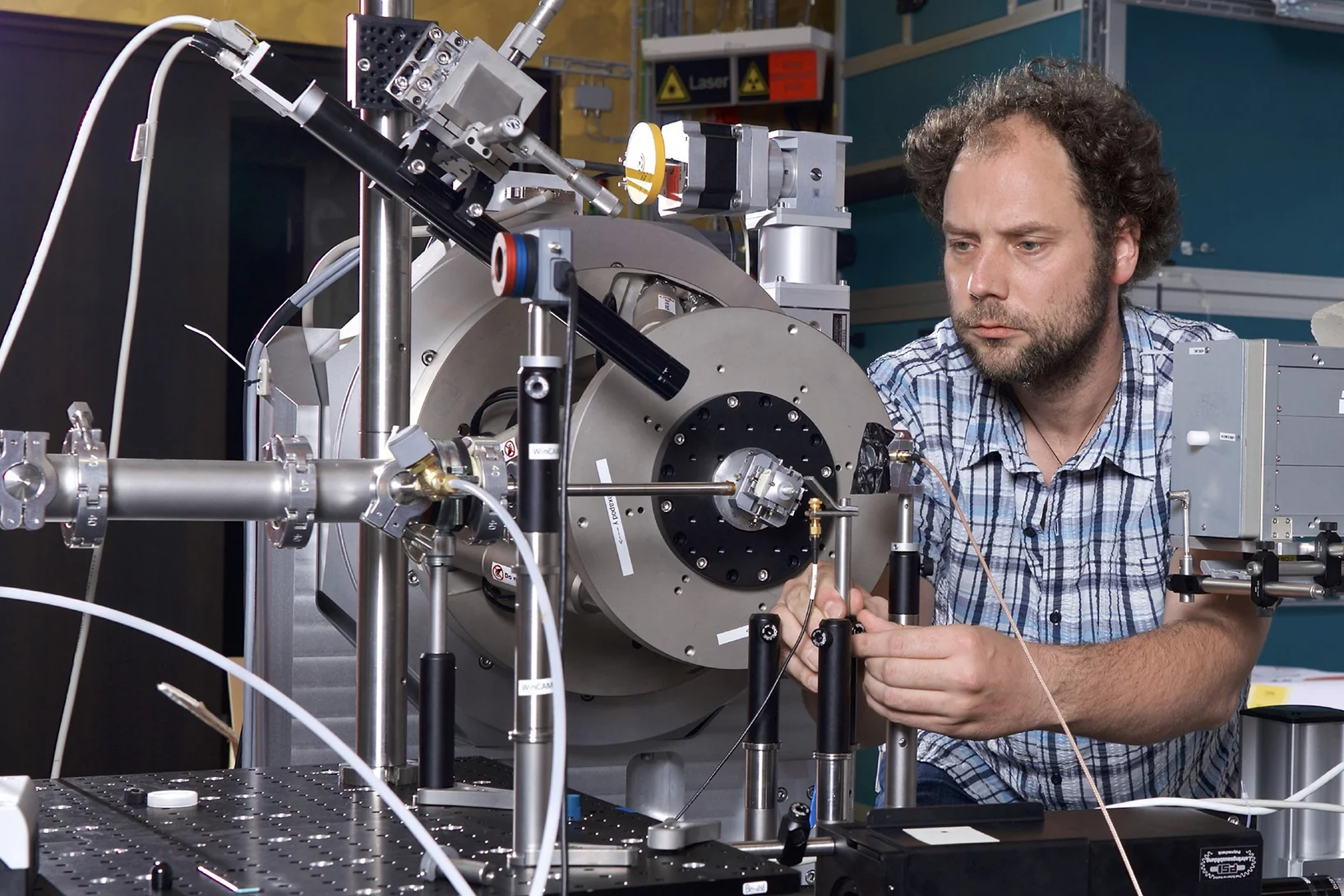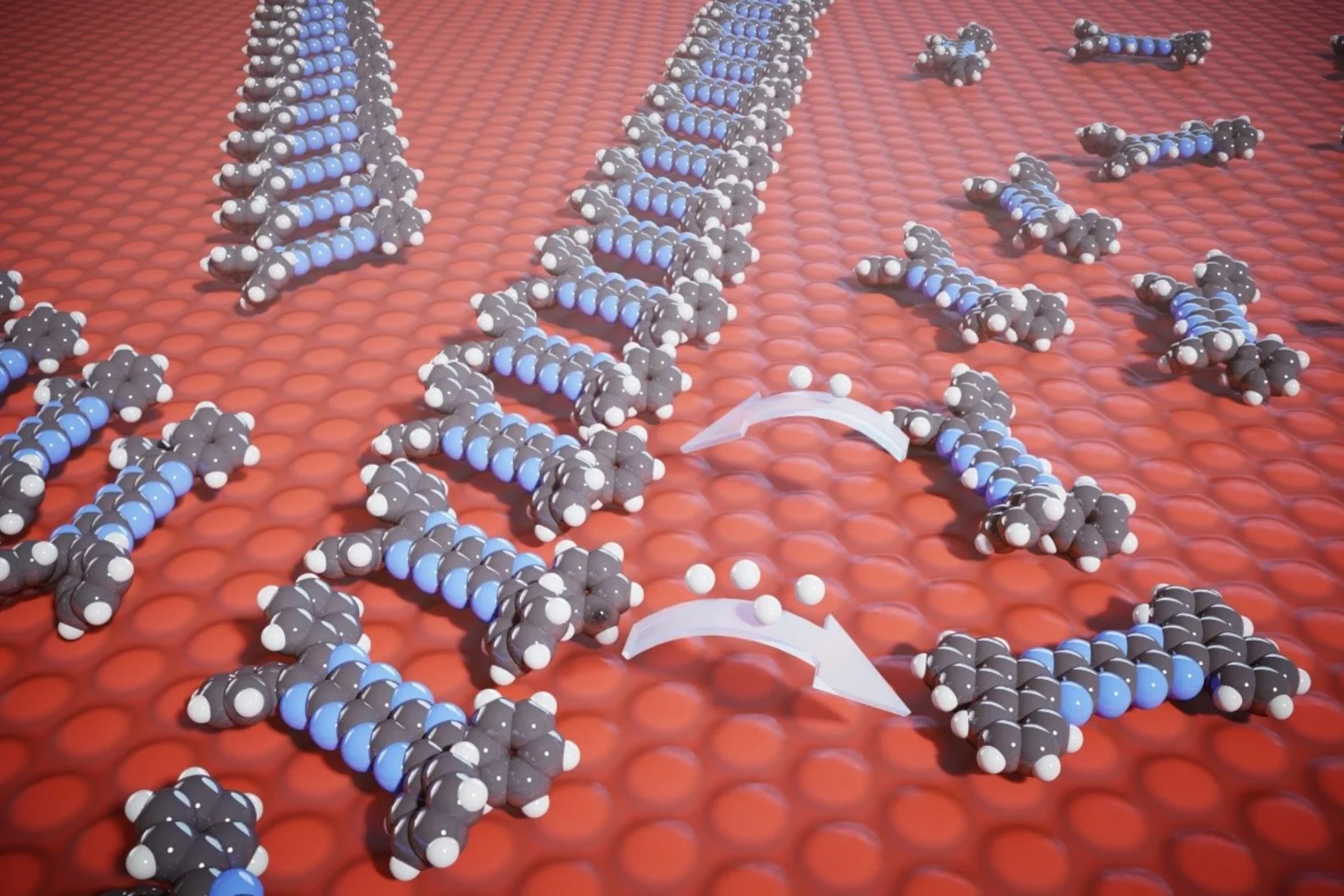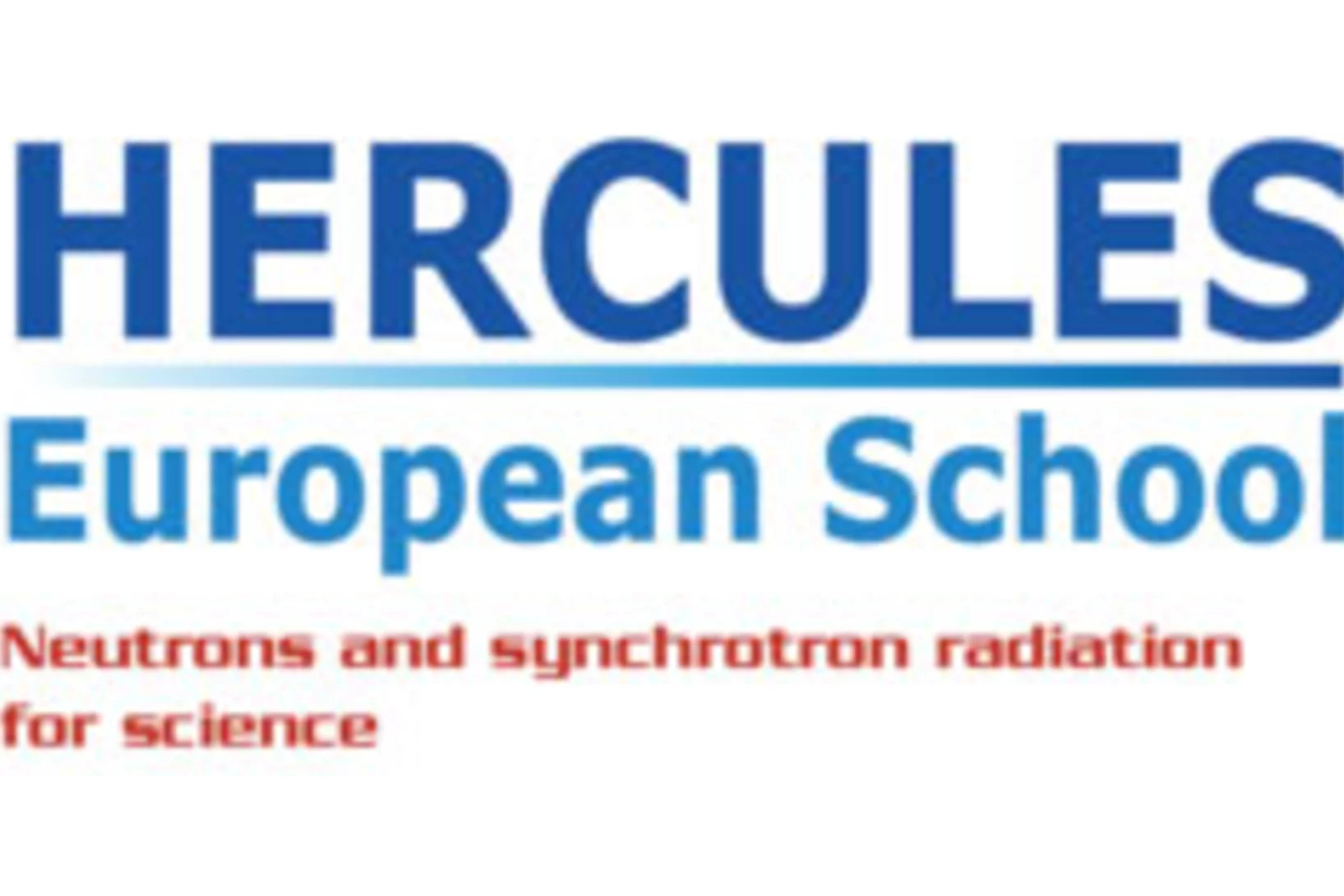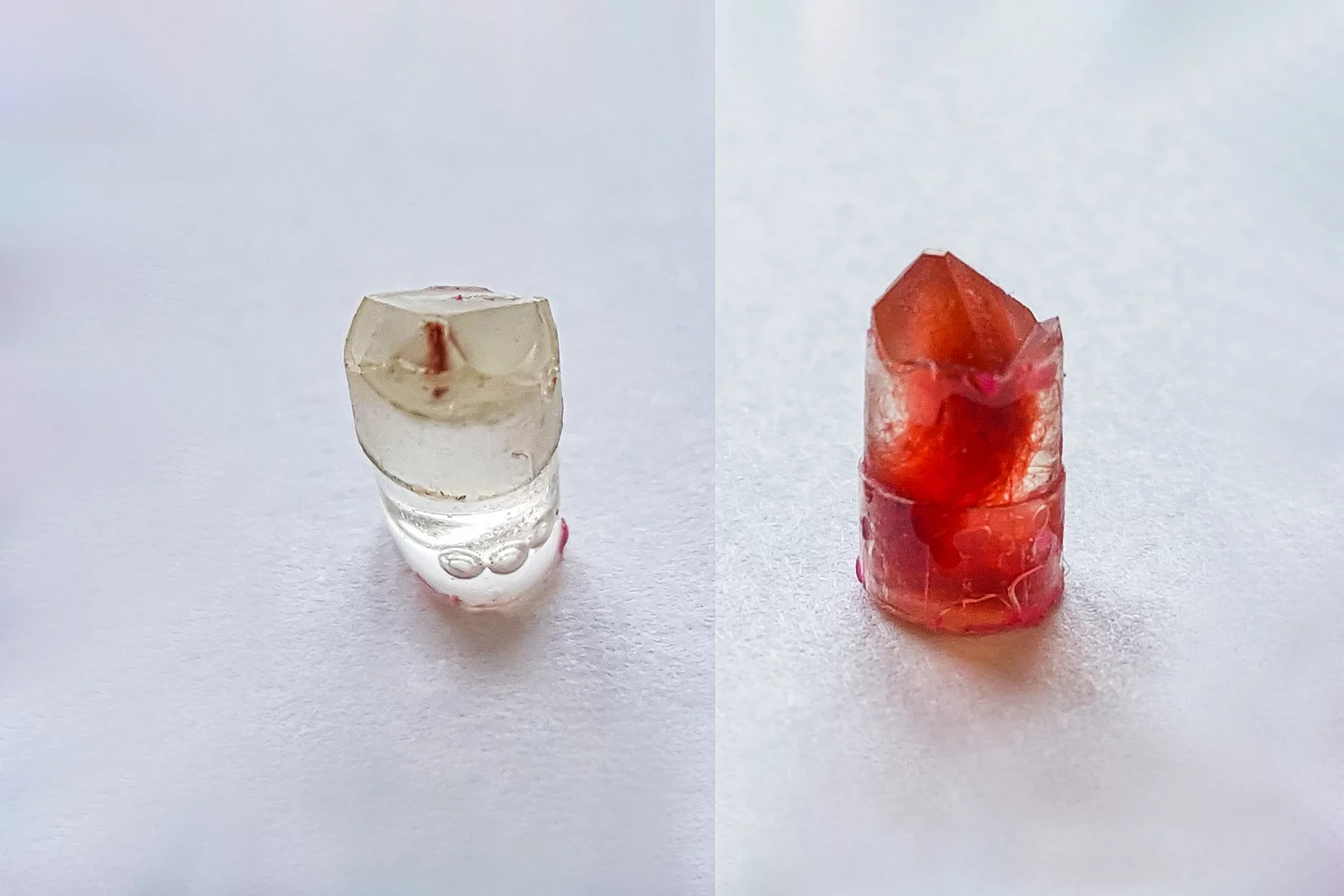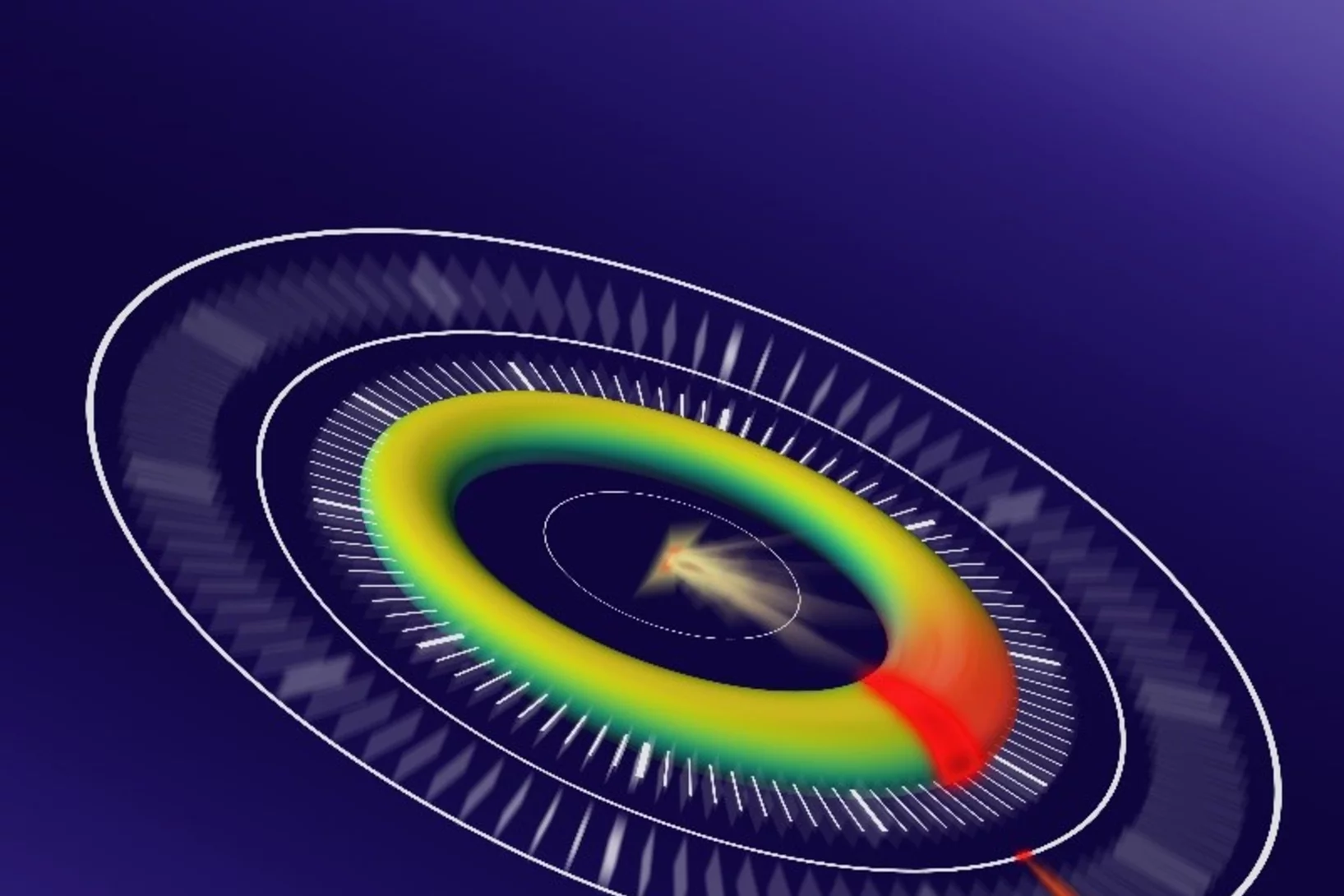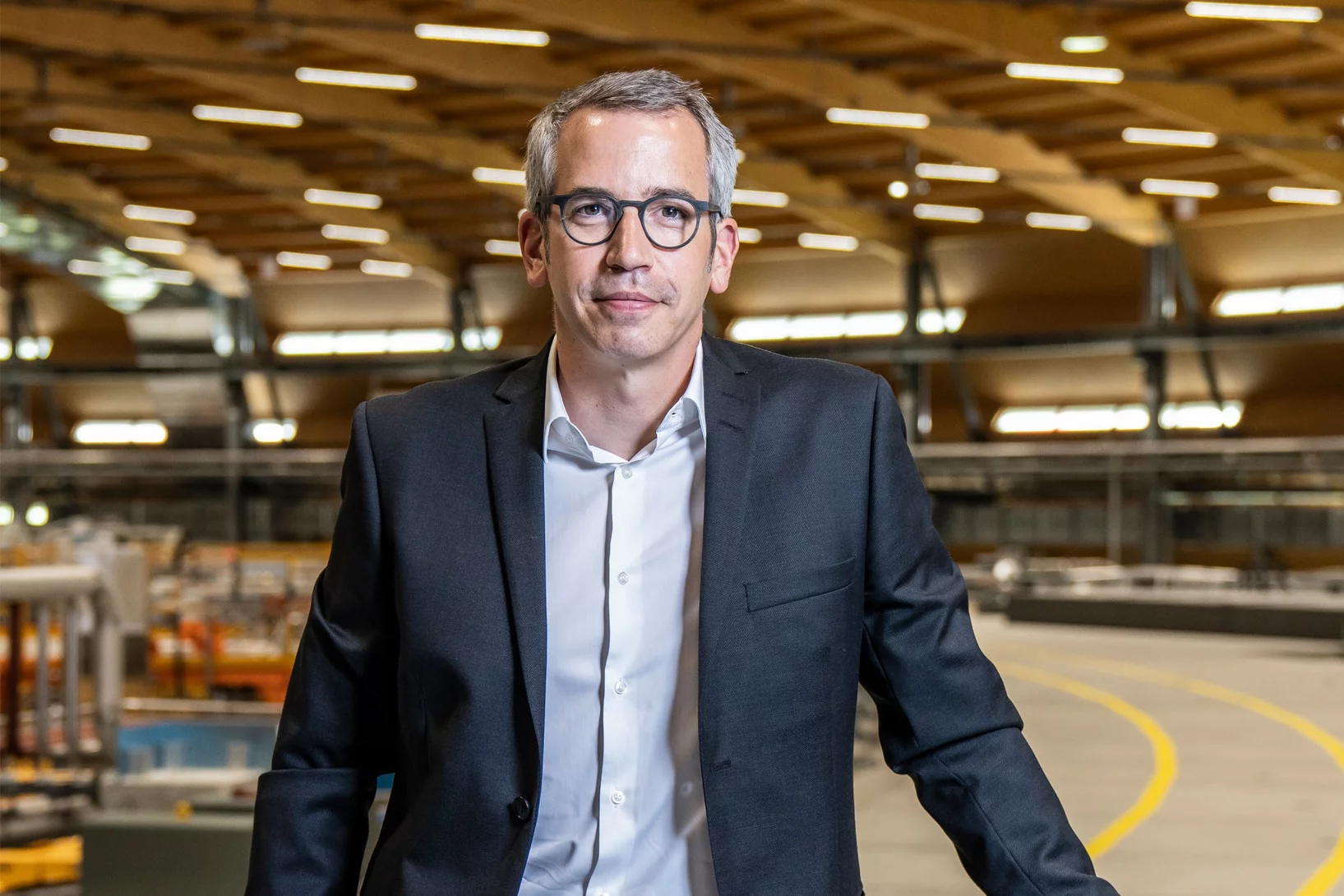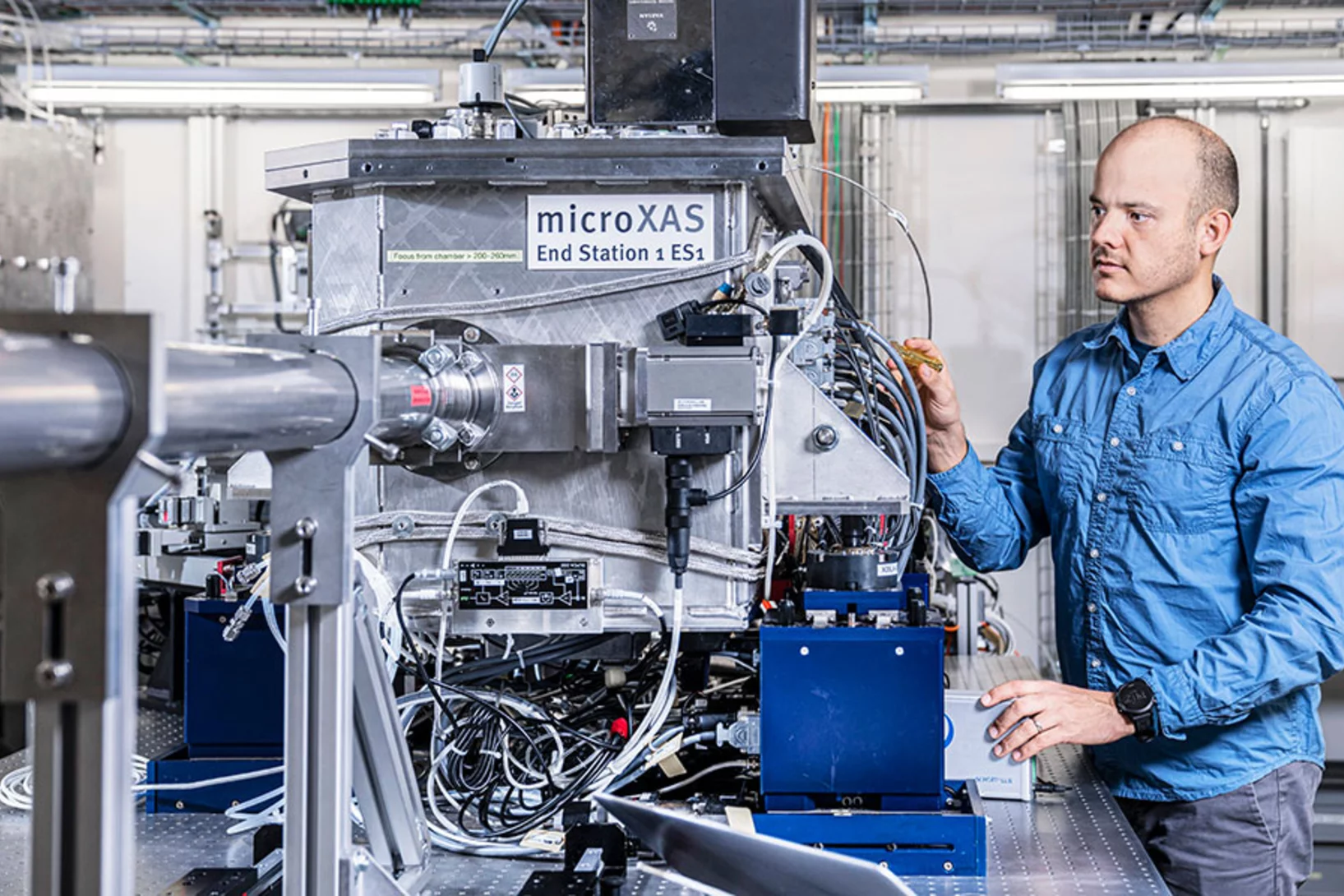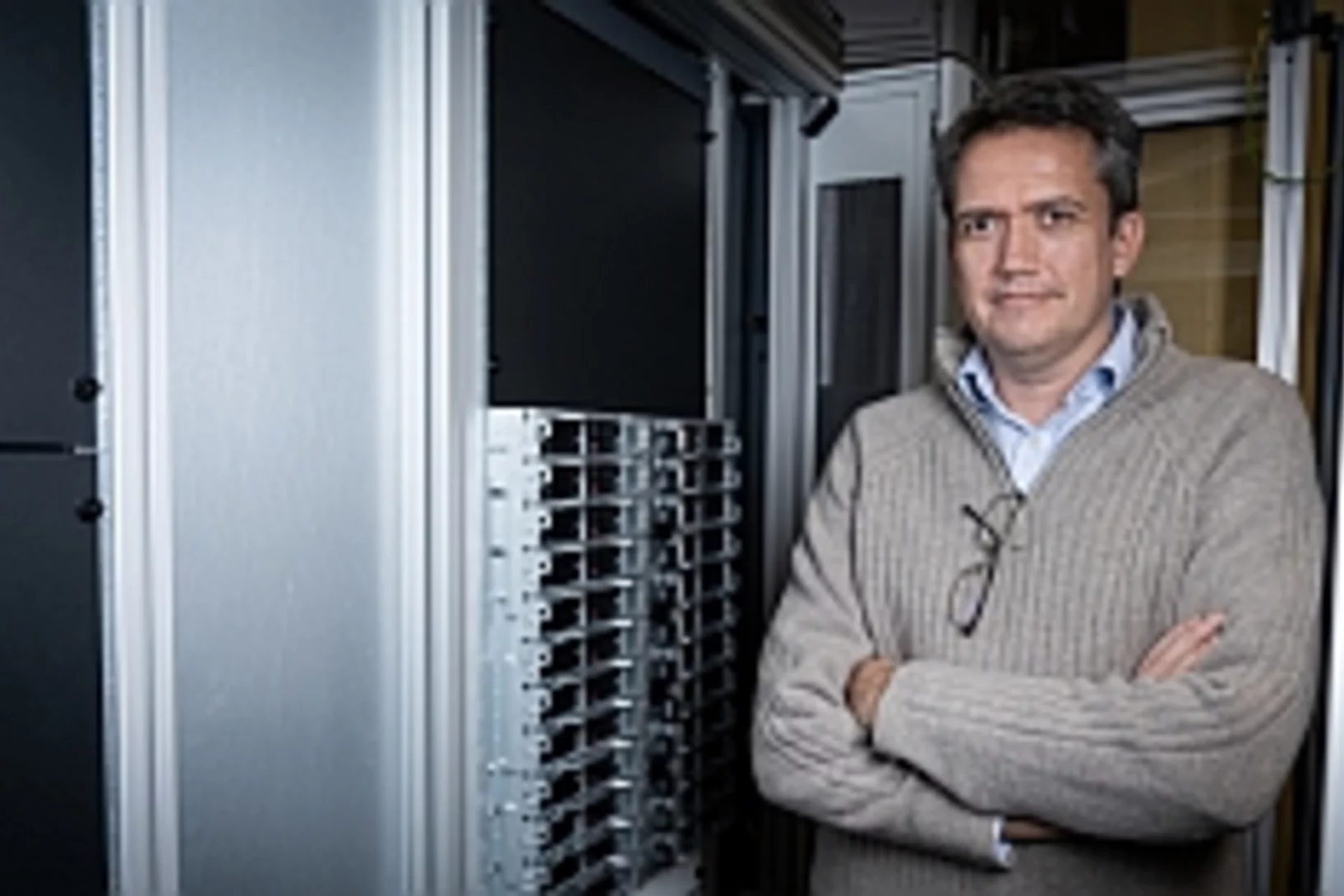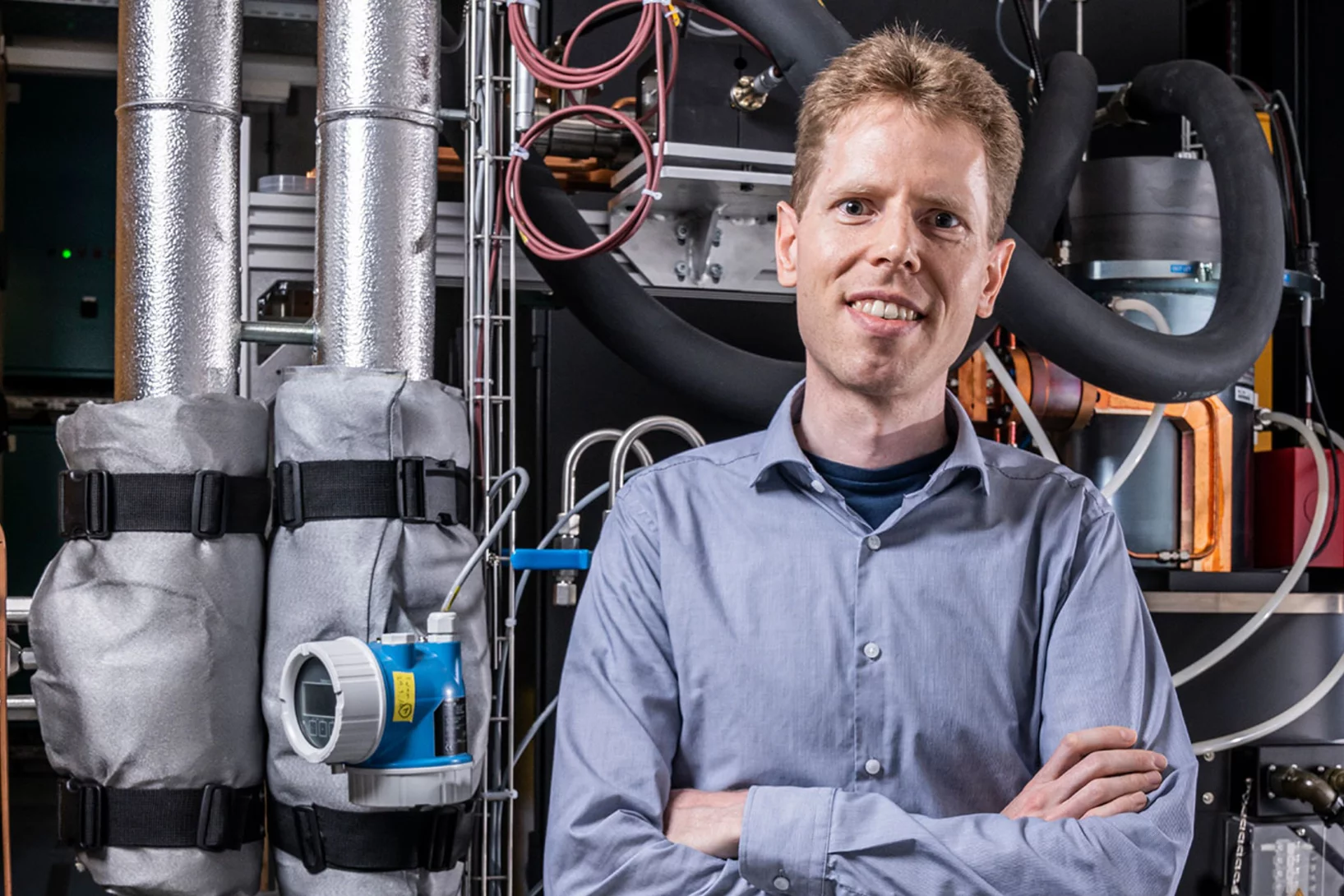Coronavirus: dissiper le flou qui entoure les chiffres
L'hôpital universitaire de Zurich utilise des protéines produites par le PSI pour une étude afin de déterminer combien de personnes ont été infectées par le coronavirus.
How ethane-consuming archaea pick up their favorite dish
Scientists decode the structure of the enzyme responsible for the ethane fixation by – beside others – using the SLS.
PSI: constants progrès dans la lutte contre le coronavirus
Analyses de structures cristallines, modèles informatiques, cultures cellulaires: dans ses recherches sur Sars-CoV-2, le PSI emprunte de nombreuses voies. Aperçu.
Nanomonde magnétique
Au PSI, les chercheurs sont confrontés à des phénomènes exotiques tels que les aimants frustrés et les nanotourbillons, qui pourraient un jour permettre de stocker les données plus efficacement.
Comment les catalyseurs vieillissent
La structure du matériau utilisé dans les catalyseurs en industrie chimique se modifie au fil des ans. Des chercheurs du PSI ont étudié ce phénomène au moyen d’une nouvelle méthode.
Crystal structure of SARS-CoV-2 Orf9b in complex with human TOM70 suggests unusual virus-host interactions
In a study published in Nature Communications, researchers at the NHC Key Laboratory of Systems Biology of Pathogens in Beijing, China, in collaboration with the Paul Scherrer Institut characterize the interactions of SARS-CoV-2 orf9b and human TOM70 biochemically, and they determine the 2.2 Å crystal structure of the TOM70 cytosolic domain with a bound SARS-CoV-2 orf9b peptide.
Application of synchrotron-XRPD to protein powders
Breakthrough applications of high-resolution and high-counting statistics synchrotron X-Ray Powder Diffraction to protein powders leading to the determination of a 1.8 structural model of the pharmaceutical peptide "octreotide" - the highest resolution ever achieved for a peptide of this complexity using X-ray powder diffraction and crystallographic methods.
Une force magique qui fait grand effet
Des microrobots ou de meilleurs accélérateurs de particules deviennent possibles par la recherche sur le magnétisme au PSI.
Quantifying oriented myelin in mouse and human brain
Myelin 'insulates' our neurons enabling fast signal transduction in our brain. Myelin levels, integrity, and neuron orientations are important determinants of brain development and disease. Small-angle X-ray scattering tensor tomography (SAXS-TT) is a promising technique for non-destructive, stain-free imaging of brain samples, enabling quantitative studies of myelination and neuron orientations, i.e. of nano-scale properties imaged over centimeter-sized samples.
Une recherche qui ne plane pas sur un nuage rose
La lumière est essentielle à la vie. Pour les chercheurs, c’est aussi un merveilleux instrument qui leur permet de mieux comprendre la structure des matériaux.
Mode d’action du remdesivir contre le coronavirus
En coopération avec le PSI, des chercheurs de l’Université Goethe de Francfort ont probablement découvert un nouveau mécanisme d’action inconnu du remdesivir.
Le cytosquelette, cible de nouveaux médicaments
En combinant simulations informatiques et expériences de laboratoire, des chercheurs du PSI ont identifié pour des médicaments de nouveaux domaines de liaison potentiels sur la tubuline, une protéine vitale.
Deep evolutionary origins of the human smile
Detailed characterization of the tooth and jaw structure and development among shark ancestors by synchrotron based X-ray tomographic microscopy at TOMCAT led an international team of researchers from the Naturalis Biodiversity Center in Leiden and the University of Bristol to the discovery that while teeth evolved once, complex dentitions have been gained and lost many times in evolutionary history.
«L’objectif est un calculateur quantique expérimental dans le canton d’Argovie»
L’ETH Zurich et l’Institut Paul Scherrer PSI ouvrent conjointement le Quantum Computing Hub. Gabriel Aeppli et Christian Rüegg évoquent ce nouveau centre de recherche.
L’ETH Zurich et le PSI créent un «quantum computing hub»
L’ETH Zurich et l’Institut Paul Scherrer PSI ouvrent un centre commun pour le développement des ordinateurs quantiques. L’objectif est de promouvoir la réalisation d’ordinateurs quantiques aussi bien sur la base de pièges à ions que de composants supraconducteurs.
Une vision par rayons X d’une netteté unique
Un nouveau procédé du PSI permet une étude de physique quantique des matériaux au moyen de lasers à rayons X.
Aussi compact et performant qu’un couteau suisse
Le laser à rayons X à électrons libres SwissFEL est aussi compact, puissant et polyvalent que prévu.
New class of substances for REDOX chemistry
The compounds known as ‘pyrazinacenes’ are simple, stable compounds that consist of a series of connected nitrogen-containing carbon rings. They are suitable for applications in electrochemistry or synthesis, as the researchers describe in the science journal Communications Chemistry. They were first designed, synthesized and chemically characterized in solution by the Hill team and carefully investigated by Scanning Tunneling Microscopy and Surface Chemical Analysis. The compounds have been shown to reversibly release and accept electrons and arrange themselves differently depending on the oxidation state. Interestingly, the oxidation and reduction reactions of the pyrazinacenes are not only affected by a chemical impulse, but can also be stimulated by light so they can be considered photo-redox active.
Stockés en toute sécurité pour un million d’années
La Suisse prévoit de construire, d’ici 2050, un dépôt en couches géologiques profondes pour ses déchets radioactifs. Des chercheurs du PSI contribuent à identifier le site le plus adéquat.
HERCULES SCHOOL 2021 AT PSI
During the week of March 15 – 19, we had the pleasure to welcome 20 international PhD students, PostDocs and assistant professors at PSI, taking part in the first virtual HERCULES SCHOOL on Neutrons & Synchrotron Radiation.
Insights into the world’s oldest pile carpet
High-resolution XRF imaging of the specific metal distribution within wool fibers at the PHOENIX beamline gives insights into traditional oriental dyeing procedures.
Forschung zu Covid-19 am Paul Scherrer Institut
Während viele Bereiche des Lebens eingeschränkt sind, bleiben wichtige Forschungsanlagen am PSI in Betrieb.
Regarder les protéines des récepteurs se courber
Les récepteurs couplés aux protéines G servent de médiateurs dans l'organisme. Dans une interview Ramon Guixà explique comment il donne vie aux molécules réceptrices à l'écran.
Nouveau plan de construction pour des ordinateurs quantiques plus stables
Des chercheurs du PSI ont montré comment des bits quantiques plus rapides et plus précis peuvent être créés. Leurs idée centrale est d'introduire de manière ciblée des atomes magnétiques de la classe des terres rares dans le réseau cristallin d’un matériau.
Clocking the movement of electrons inside an atom
Scientists pioneer an approach called self-referenced streaking, clocking Auger electrons with sub-femtosecond resolution. The breakthrough will unlock the broader potential for attosecond time resolution at X-ray free-electron lasers
SLS 2.0 approved - TOMCAT 2.0 cleared for takeoff!
In December 2020 the Swiss parliament approved the Swiss Dispatch on Promotion of Education, Research and Innovation (ERI) for 2021 to 2024 which includes funding for the planned SLS 2.0 upgrade. The new machine will lead to significantly increased brightness, thus providing a firm basis for keeping the SLS and its beamlines state-of-the-art for the decades to come. The TOMCAT crew is very excited that the TOMCAT 2.0 plans (deployment of the S- and I-TOMCAT branches, see SLS 2.0 CDR, p. 353ff) have been included in the Phase-I beamline upgrade portfolio. These beamlines will receive first light right after the commissioning of the SLS 2.0 machine around mid 2025. A first milestone towards this goal has just been achieved, with the successful installation of the S-TOMCAT optics hutch during W1 of 2021. The TOMCAT scientific and technical staff would like to thank Mr. Nolte and his Innospec crew for delivering perfectly on schedule.
Le PSI équipe la Source de Lumière Suisse SLS pour l’avenir
Feu vert pour la SLS 2.0: l’upgrade de la Source de Lumière Suisse SLS peut avoir lieu. Le financement est assuré dans le cadre du message FRI 2021-2024 approuvé à la mi-décembre.
Vue en trois dimensions de l’intérieur de catalyseurs actifs
La spectroscopie de rayons X in operando permet de jeter un coup d’œil à l’intérieur de réacteurs chimiques en fonction. Des chercheurs de l’Institut de technologie de Karlsruhe (KIT), à l’Institut Paul Scherrer PSI et à l’European Synchrotron Radiation Facility (ESRF) en France, appliquent avec succès cette méthode.
Le bibliothécaire des pétaoctets
L’upgrade prévu de la Source de Lumière Suisse SLS doit être préparé dès maintenant. Pour relever les défis de la recherche de l’avenir, Alun Ashton estime la quantité de données que les futures expériences produiront.
Etape majeure pour la nouvelle ligne de faisceau du SwissFEL
La deuxième ligne de faisceau est en train d’être mise en service au SwissFEL, le laser à rayons X à électrons libres de l’Institut Paul Scherrer PSI. Baptisée Athos, elle devrait permettre aux chercheurs de comprendre le fonctionnement des catalyseurs et le rôle de certaines biomolécules dans le déclenchement de maladies génétiques.


